#japan setouchi
Text
















"Not A Hotel," Sagishima Island, Setouchi region, Sagi Japan,
Courtesy: BIG
#art#design#architecture#luxury pad#luxury lifestyle#ultimate pad#interior design#luxurypad#concept#render#luxury house#luxury home#island#japan#BIG#notahotel#sagashima#sagi#setouchi#retreat
60 notes
·
View notes
Text
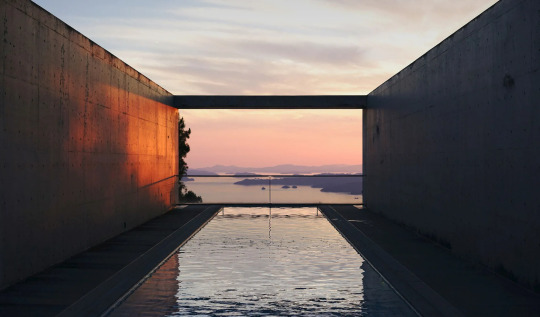


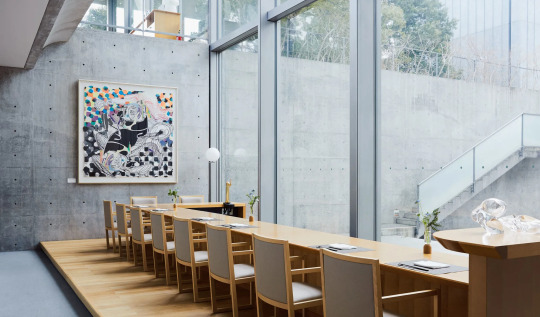
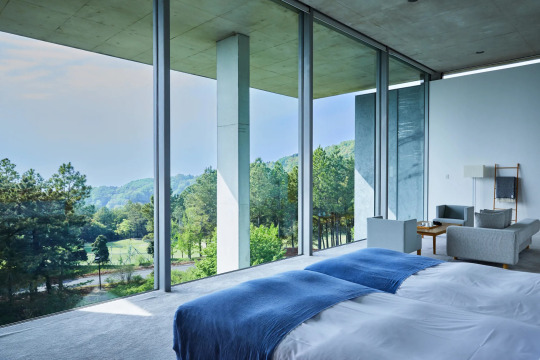




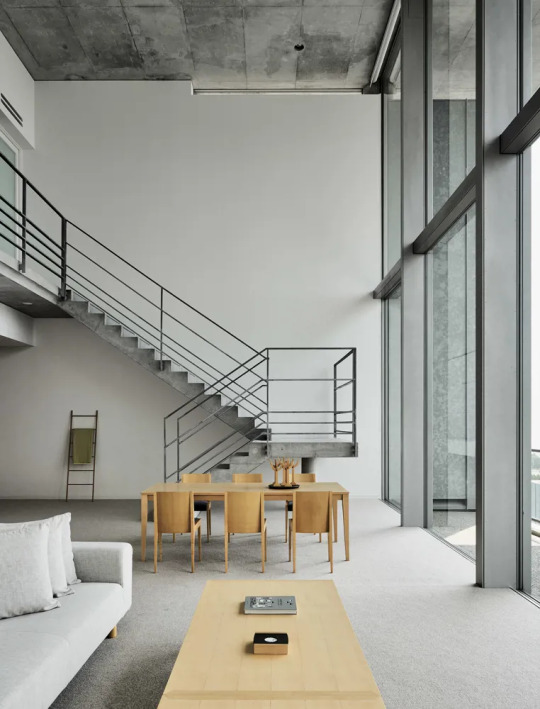

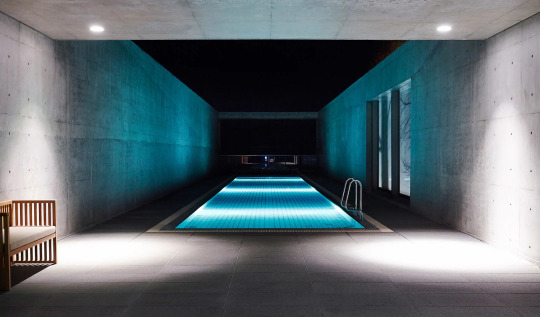
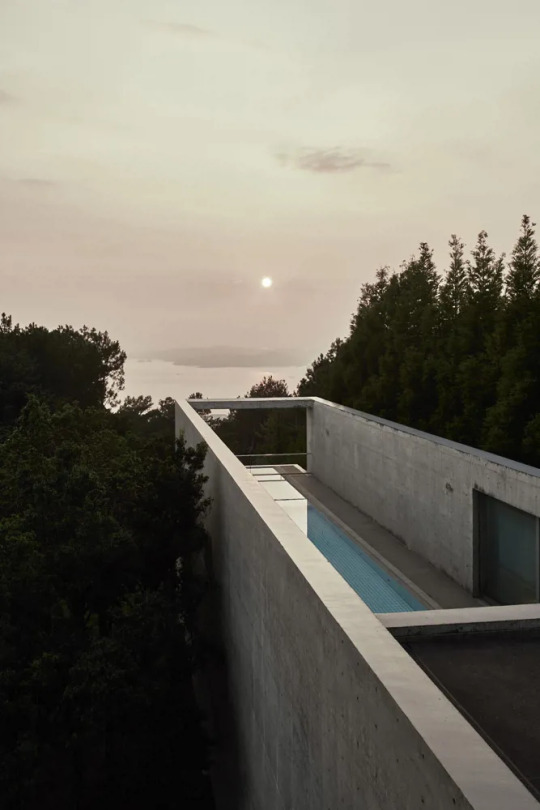
Setouchi Retreat by Onko Chishin,
Matsuyama, Ehime Prefecture, Shikoku Island, Japan,
Tadao Ando Architect
#art#design#architecture#boutique hotel#travels#luxury hotel#luxury lifestyle#interiors#luxury hotels#nature#retreat#japan#tadao ando#setouchi retreat#onko chishin#matsuyama#island#shokoku
60 notes
·
View notes
Text
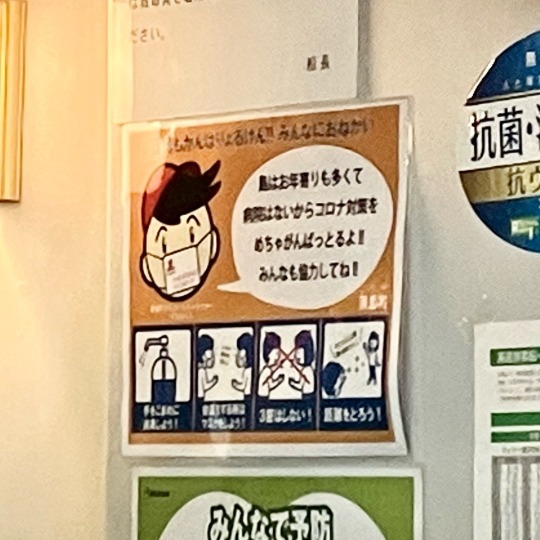
“島はお年寄りも多くて、病院はないから、コロナ対策を、めちゃがんばっとるよ! みんなも協力してね!”
©️ matchart.tumblr.com
#original photographers#cruise#notice#poster#japan#setouchi#island#trip#covid#local#dialect#香川県#日本語#コロナ
8 notes
·
View notes
Text
2 notes
·
View notes
Text

凪の瀬戸内 / Setouchi of Calm
2 notes
·
View notes
Photo

Ritsurin Garden The daimyo’s garden in Takamatsu, Ritsurin Garden, is open late into the night with autumn leaf season lights. Ritsurin Garden is a nationally designated special place of scenic beauty and has been awarded the highest rating of three stars in the Michelin tourist edition (Guides Vert). Enjoy a different atmospheric world of fantasy from that of daytime. #ritsuringarden #kagawa #takamatsu #uptak #setouchi #setoinlandsea #japan #japanesegarden #garden #autumn #autumnleaves #color #coloredleaves #travel #travelphotography #traveltheworld #illumination #lightitup (Ritsurin Garden) https://www.instagram.com/p/Cj_txN8vY9u/?igshid=NGJjMDIxMWI=
#ritsuringarden#kagawa#takamatsu#uptak#setouchi#setoinlandsea#japan#japanesegarden#garden#autumn#autumnleaves#color#coloredleaves#travel#travelphotography#traveltheworld#illumination#lightitup
5 notes
·
View notes
Text

desde Blog Arte Plus:
Not a hotel Setouchi en Japón por BIG.
[ acceder ]
#arquitectura#architecture#japón#japan#not a hotel#Setouchi#Sigishima#hotel#travel#vacation#Big#bjarke ingels group#visualization
1 note
·
View note
Text



We went camping in Sanuki City over the weekend! It was rainy, but there were plenty of things we could enjoy, like looking for bugs and checking out the pretty views. Fortunately, we had some breaks in the rain for adventures AND we could see a bit of the sunrise in the morning.




When we were ready to head home, we were led, rather hilariously, by the car navigation system down one of the most Japanese roads I’ve ever seen. At one point, I had to get out and push a bamboo tree up out of the way so my husband could drive past. 😂
#japan#travel#sea#bugs#flowers#sunrise#camping#setonaikai#seto sea#Setouchi#瀬戸内海#キャンプ#香川県#Kagawa#beetles#spider#moss
0 notes
Text
Shikoku Return

View On WordPress
#artisan#arts#best food tours#Craft#culinary travel#Culture#Jane Lawson#Japan#Japanese#Japanese Cuisine#Japanese Culture#Japanese Food#setouchi#shikoku#small group travel
0 notes
Photo

Betts(JP) Rumor Rumor 01 (9:58) Rumor 02 (9:58) Rumor 03 (9:58) Rumor 04 (9:58) Rumor 05 (9:58) CDR + booklet shown in the photo is available at "Cafe Sazanami House (@sazanami_ensemble) People are carried away by rumors. I created a work called Rumor, which projects the emptiness felt by rumors. This time, I made field recordings on Nagashima, a remote island in Setouchi City, Okayama Prefecture, where the historic National Hansen's Disease Sanatorium is located. There was no sign of people on the beach where we mainly recorded, and it was a beautiful place where we could forget everything about our daily lives and immerse ourselves in the scenery and natural sounds. The songs were created using the same process as past works, layering selected sound sources with guitar performances. A total of five songs, all at 9:58, were created. This time, the music was presented on a CD and a booklet describing my personal feelings. This work is not yet available for distribution. The physical version of the CD + booklet shown in the photo is available at "Cafe Sazanami House (@sazanami_ensemble)" in Nagashima Aiseien, Setouchi City, Okayama Prefecture, Japan. For availability and sales information, please contact us through sazanami house's Instagram. #fieldrecording #soundscapes #atmospheric #drone #ambient #japan #nagashima #setouchi #rumor https://www.instagram.com/p/CqBy3sWhesB/?igshid=NGJjMDIxMWI=
0 notes
Photo

It is whale watching season on Amami and we went out with @riki_kakeroma a few weeks ago and saw so many whales outside of Katoku and Setouchi. 🐳🐳🐳🐳🐋🐋🐋🐋 #奄美 #奄美大島 #瀬戸内 #加計呂麻島 #鯨 #クジラ #鹿児島 #海 #南国 #amami #amamioshima #setouchi #island #islandlife #japan #japanese #ocean #whale #whalewatching #whales #kakeroma #kagoshima #kagofan #nature #naturelovers #oceanlife #winter (at 瀬戸内町) https://www.instagram.com/p/Co6IPxFS_V_/?igshid=NGJjMDIxMWI=
#奄美#奄美大島#瀬戸内#加計呂麻島#鯨#クジラ#鹿児島#海#南国#amami#amamioshima#setouchi#island#islandlife#japan#japanese#ocean#whale#whalewatching#whales#kakeroma#kagoshima#kagofan#nature#naturelovers#oceanlife#winter
0 notes
Text

弘法寺山門 Koubouji
岡山県瀬戸内市 Setouchi-shi, Okayama, Japan
2024/01
89 notes
·
View notes
Text

Shodoshima, Japan
#island#japan#小豆島#dec 2022#my photography#海#setouchi#瀬戸内海#shodoshima#sea#ocean#ocean photography#blue ocean#beach#seascape#sea side#nature photopragpy#nature#photographers on tumblr#travel photo blog
2 notes
·
View notes
Text

"New people... " - Momose (being... Momose.)
Okay so I might not have found anything that exciting on Golden Week, and ended up getting sick, and several other problems, BUT...
Umi Setouchi has the most hilarious name ever because it's the same kanji characters as the Seto Inland Sea.
That area is famous for its lemons and citrus fruits. Sour things... Sounds familiar. Given his ability to infuriate the MC, Oishi, Momose, Kaga, Shinonome... Hell, I bet even Goto would cuff him upside the head if he were pushed.
As sour as Setouchi the newbie is, I'm sure he's got redeeming points somewhere deep, deep inside. I mean, you can take lemons and make them into some pretty decent things, right?

For example, Seto lemon fizzes. These are a seasonal specialty from McDonalds - in fact right now it's lemon season in Japan, so Starbucks has lemon cheesecake fraps, my local bakery has Seto lemon pound cake, lemon chicken is the big seller at my local take-away...
Sometimes sour things just make the world a sweeter place.
#hlitf#her love in the force#恋人は公安刑事#umi setouchi#hlitf tsugaru#love 365#voltage love 365#100シーンの恋+#voltage inc#japanese food
17 notes
·
View notes
Text
“As a schoolboy, [the first psychoanalyst in Japan, Heisaku] Kosawa had idolised both Shin Buddhism’s 13th-century founder, Shinran, and a modern proponent, the Shin priest Jokan Chikazumi. Chikazumi befriended Kosawa and became a teacher and role model to him. Nevertheless, while studying medicine at Tohoku Imperial University a few years later, Kosawa’s focus shifted to Freud. In a personal letter, written in faltering and oddly romantic German, he credited Freud with seeing into the human heart as clearly as he and his fellow students had learned to observe cells under a microscope. By comparison, Kosawa’s professor at Tohoku cut an unimpressive figure. In 1932, the young student begged money from an elder brother, left his professor behind (he was told never to come back) and set off for Europe to meet Freud face to face.
He didn’t receive quite the reception he’d hoped for. Meeting the elderly Freud at the famous house at Berggasse 19 in Vienna, a Japanese friend had to interpret for him. Freud himself advised Kosawa to find a local girlfriend to bring his German up to speed.
Language was not the only thing separating the two men. As far as the philosophical and religious implications of psychoanalysis were concerned, Freud strenuously disagreed with both Kosawa and with another major pioneer of psychoanalysis in Asia at the time, Girindrasekhar Bose in Calcutta. With only a couple of notable exceptions, the Freud circle treated religion as a purely psychodynamic and social phenomenon, reducible to inner drives and conflicts. They made their camp in the now-familiar territory of faith as wish-fulfillment, avoidance of reality, a means of keeping a lid on society, and the locus of a great deal of obsessive-compulsive behaviour.
For Bose and Kosawa, this merely served to highlight Freud’s parochialism: his lack of experience with non-European cultures and patients. As a matter of fact, Kosawa agreed with his hero that religion was connected with guilt. He just thought it involved guilt of a different type. Freud said that religion derived (both in historical time and in the life of each individual) from the need to assuage one’s fear of a father figure: really, it was a kind of ‘deferred obedience’. Kosawa hoped to persuade Freud that this placatory impulse gave rise to an inadequate religion, and that another sort of guilt was far more important.
He offered Freud a simple illustration. Imagine that a child drops a plate in the presence of his parents. When he seeks forgiveness from his father, the child is rebuffed. He experiences a pang of emotion linked both to fear of impending punishment and to anger and resentment at his father for his harsh reaction. This, according to Kosawa, approximates Freud’s understanding of guilt in the religious context. But then the child asks the mother for forgiveness — and receives it. The mother takes the child’s fearful and rebellious guilt and alchemises it into a ‘reparative guilt’: an overwhelming response to total, unconditional forgiveness. This latter reaction was, for Kosawa, a truly ‘religious state of mind’ and he saw it as the core of his own Shin tradition. Freud appeared unmoved, however. ‘I have received and read your essay and will save it,’ he wrote rather distantly. ‘You do not seem to intend to use it immediately.’ There is no evidence that he gave it another thought.”
#Buddhism#I don’t think you can watch a critically acclaimed anime series and not see this played out#the psychosexual imagery in so many anime is so obvious#think of all the sexuality and Oedipal stuff in nge#or the phallic imagery and inc*st in rgu#or the parental dynamics in fruits basket#interested in why manga and anime have such a draw to this framework#but not mad about it at all#and how different it’s eventual conclusion is from western psychoanalytic influenced fiction!
12 notes
·
View notes
Text
Japanische Geschichte im Überfluss
Da ich gestern doch etwas länger als geplant noch den Blog geschrieben habe, musste ich etwas Schlaf nachholen und konnte dementsprechend erst etwas später aufbrechen. Ziel des heutigen Tages war zunächst der Ueno-Park und das japanische Nationalmuseum, welches an den Park angrenzt.
Gestärkt mit einem Soy Latte (Kann ich nur empfehlen 👍) und einer mittelmäßigen Croissant-Brezel machte ich mich auf den Weg durch den Park. Meine "Wanderung" wurde aber direkt gestoppt, als ich an einer Menschenversammlung vorbei lief. An einer Statue wurde irgendeine Art von Zeremonie abgehalten, wofür konnte ich leider nicht herausfinden. Nebendran waren Taikos aufgestellt. Da ich aber nicht länger warten wollte, konnte ich deren Einsatz leider nicht miterleben. Im Park selbst lief gerade eine Parade, bei der ein Mikoshi (tragbarer Schrein) von vielen Personen getragen wird. Dabei werden sie von Trommeln, Flöten und einer großen Menschenmenge begleitet. Es war auf jeden Fall mal schön so etwas in live zu sehen, vor allem, wenn die Parade anhält und die tragenden Personen anfangen mit dem Mikoshi zu wippen. Nachdem ich mir kurz danach noch eine sehr coole Breakdance/Comedy-Einlage von zwei jüngeren Japanern angesehen habe, ging es dann auch endlich weiter mit der Park-Besichtigung. Man merkt auf jeden Fall, dass dieser im Vergleich zu den bisher besichtigten Parks öffentlich zugänglich ist und dementsprechend auch eher die Einwohner Tokyos anzieht.
Zwar konnte ich leider nicht mehr die Kirschblüten begutachten, aber als Ersatz entschied ich mich den Pfingstrosen-Garten zu besuchen. Dieser ist für 1000 Yen leider etwas überteuert meiner Meinung nach, da sich irgendwann die Blumen nur noch wiederholen. Trotzdem konnte ich viele verschiedene Arten von Pfingstrosen in mehreren Farben in ihrer besten Blütezeit bestaunen. Der Ausgang führte dann auch direkt zum Ueno Tōshō-gū, einem Schrein zu Ehren Tokugawa Ieyasu, dem Begründer des Tokugawa-Shogunats. Es lohnt sich auf jedenfall hier vorbeizuschauen. Der Schrein glänzt vor allem durch sein goldenes Tor. Gleichzeitig wird man hier aber auch darüber informiert, wie gläubige Japaner die Huldigung an solchen Schreinen durchführen. Zum Abschluss des Ueno-Parks erblickte ich noch eine Ansammlung mehrerer Imbissstände. Dieses Wochenende fand im Ueno-Park das Setouchi Gourmet Festival statt. Zum Glück bin ich heute etwas später los, sonst wäre es wieder zu früh für einen Mittagssnack gewesen. 😄 Ich entschied mich für frittierte Austern mit einem Limonentartar und war ganz zufrieden mit der Wahl. Generell wurden Speisen aus der Region Setouchi angeboten und die Auswahl war sehr groß. Vor allem Austern gehören zu den Spezialitäten der Region.
Damit konnte ich nun weiter zum Nationalmuseum Japans. Auch hier war der Eintrittspreis 1000 Yen. Darin enthalten waren aber auch 3 Gebäude mit verschiedenen Ausstellungen und die Möglichkeit den Museumsgarten inklusive der Teehäuser zu besichtigen. Das Toyokan-Gebäude zeigte dabei über 6 Etagen unter anderem die verschiedenen Kulturen von asiatischen Regionen und Kunst aus dem Nahen Osten und Ägypten. Nach einer kleinen Erfrischung ging es für mich durch den Museumsgarten. Im Vergleich zu den Ausstellungen ist dieser eine nette Abwechslung und kann zum Entspannen genutzt werden. Die Teehäuser werden hier ab und zu auch für Teezeremonien benutzt.
Im Honkan-Gebäude wurde die japanische Kultur ausgestellt, während im Heiseikan archäologische Funde und die Spezialaustellung zu finden sind. Leider muss man für die Spezialaustellung extra zahlen, was ich mir dann aber auch erspart habe. Insgesamt war ich dann aber auch nicht mehr so motiviert und auch etwas enttäuscht, da sich Buddha-Statuen, Kimonos und Töpfe irgendwann gefühlt nur noch wiederholt haben...
Zum Abschluss des Tages machte ich noch einen Spaziergang vom Nationalmuseum Richtung Yanaka und von dort über Nezu zurück zum Ueno-Park. Yanaka fand ich sehr beeindruckend, da in diesem Stadtteil die alten Häuser dem großen Kanto-Erdbeben stand hielten. Dadurch entwickelte sich, wie ich finde, eine außergewöhnliche Mischung aus alten Gebäuden und modernen Stromleitungen. Auf dem Weg durch die Straßen in Yanaka und Nezu wurde ich etwas hungrig, da ich durch unzählige Restaurants immer wieder leckere Essensdüfte erleben konnte. Da ich mir aber bereits eine Lokalität für den Abend herausgesucht hatte, musste ich dem Ganzen leider widerstehen. Als ich am Ueno-Park angekommen bin, fand ich ein weiteres Streetfood-Angebot. Hier konnte ich es mir dann nicht verkneifen und griff zu einem kleinen Spieß gegrillter Mini-Oktopusse. Für mein Hauptabendessen wurde ich von meinem Reiseführer inspiriert. Direkt an der Ueno-Station gibt es eine größere Einkaufsstraße, welche auch ein großes Angebot an Restaurants umfasst. Hier ging ich in ein Tonkatsu-Restaurant und genoss die gleichnamige Speise. Im Endeffekt handelt es sich grob um ein geschnittenes paniertes Schnitzel, welches mit Weißkohlstreifen, Reis und Rettich serviert wird. Dazu gibt es noch eine Tonkatsu-Soße. Es war sehr lecker und die große Portion für 1050 Yen hat mich auch überzeugt. Zum Essen gab es hier eine Tasse Grüntee gratis dazu.
Dass das Lokal direkt am Bahnhof lag, kam mir dann auch zugute. So war ich ganz froh darüber, dass ich mir einen langen Fußmarsch ersparen konnte und direkt mit der Bahn zur Unterkunft fahren konnte.
PS: An ein Bild meiner Kabine habe ich dieses Mal auch gedacht 😄
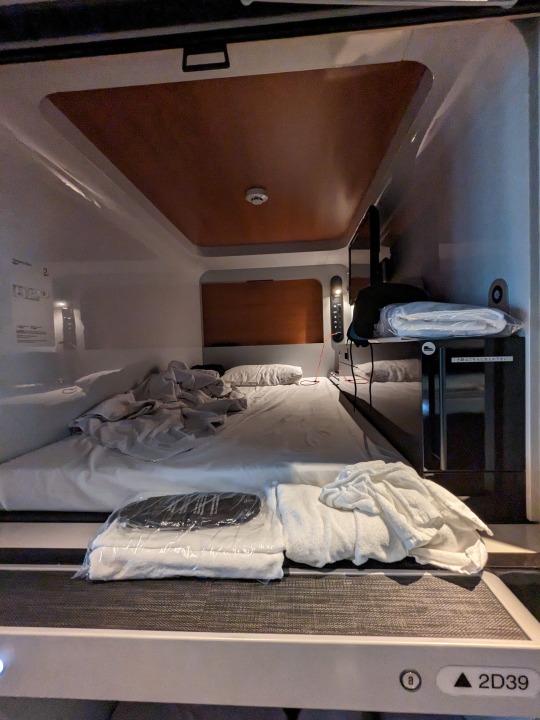
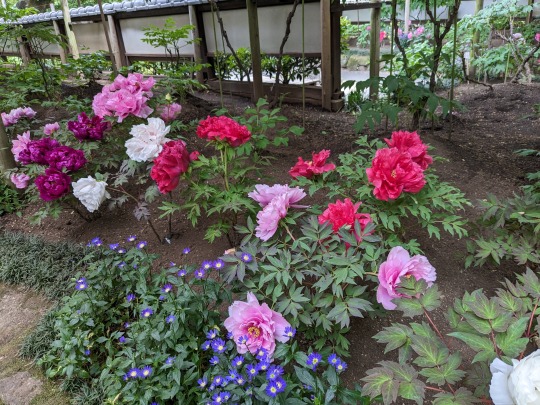
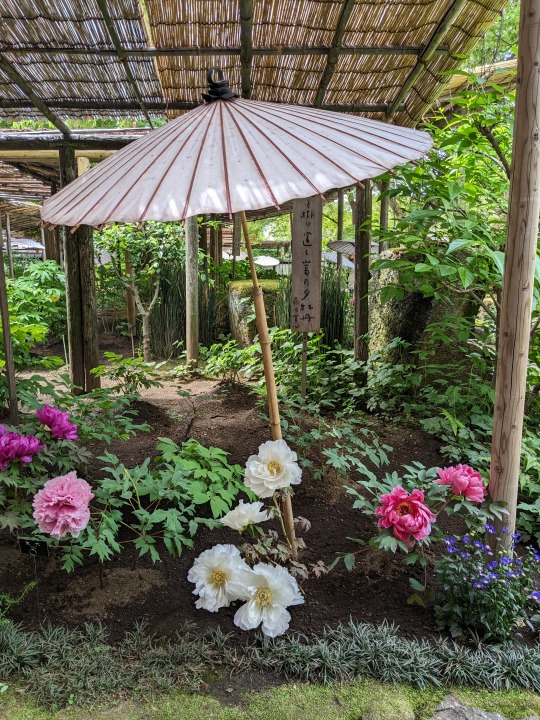

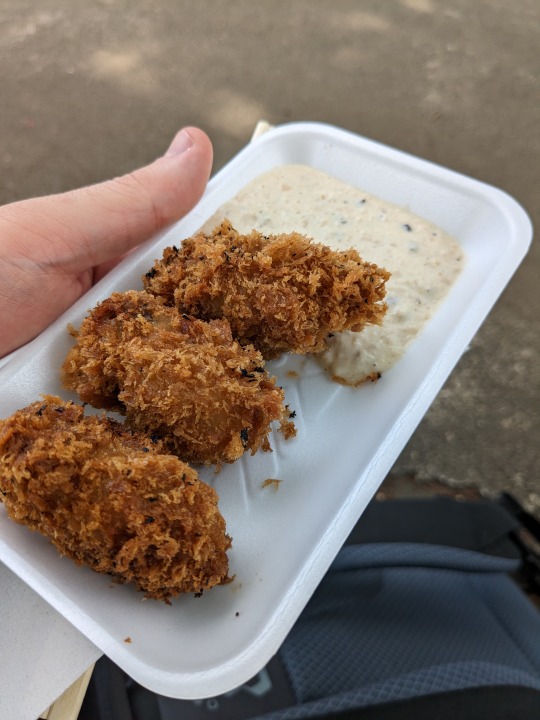

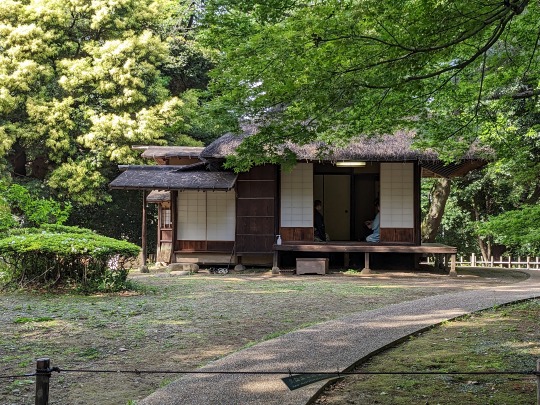
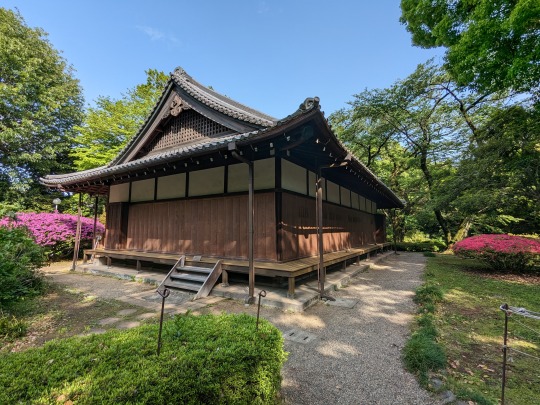
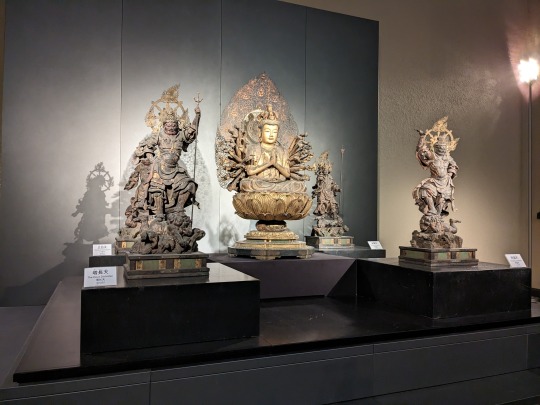
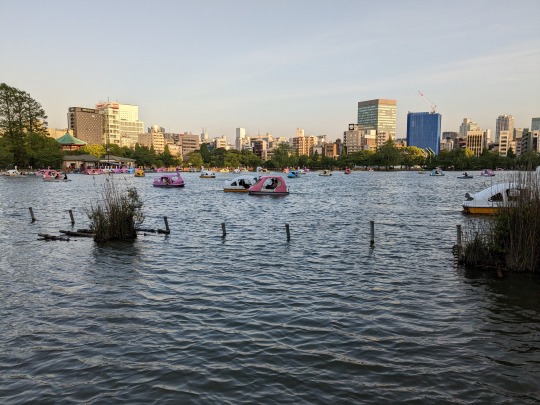

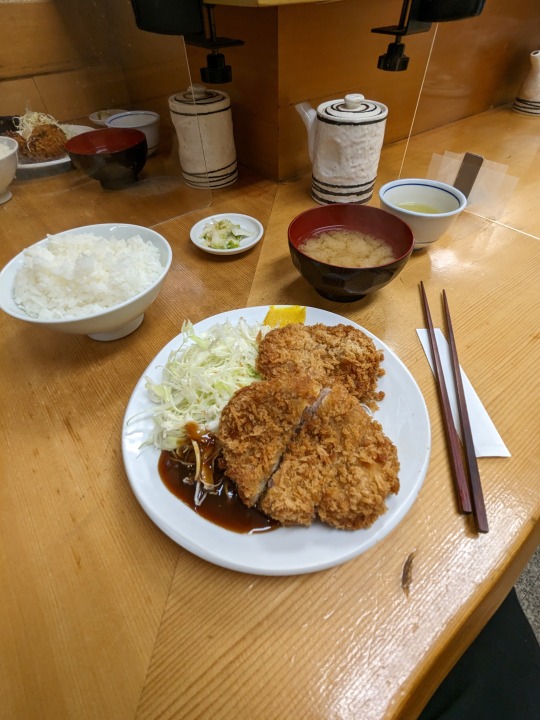
3 notes
·
View notes